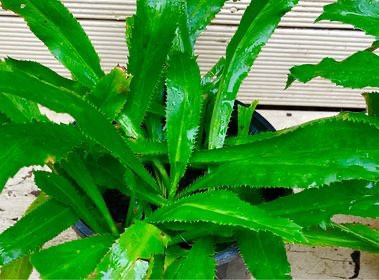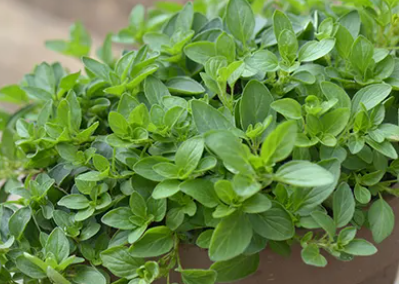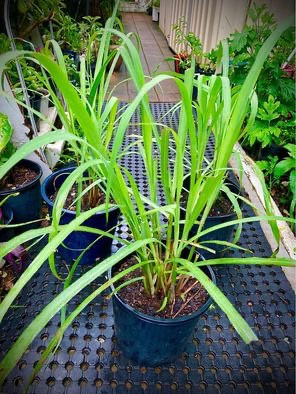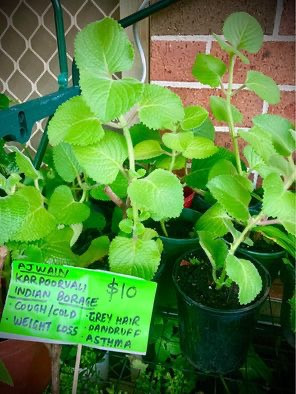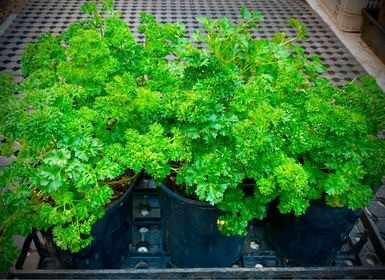
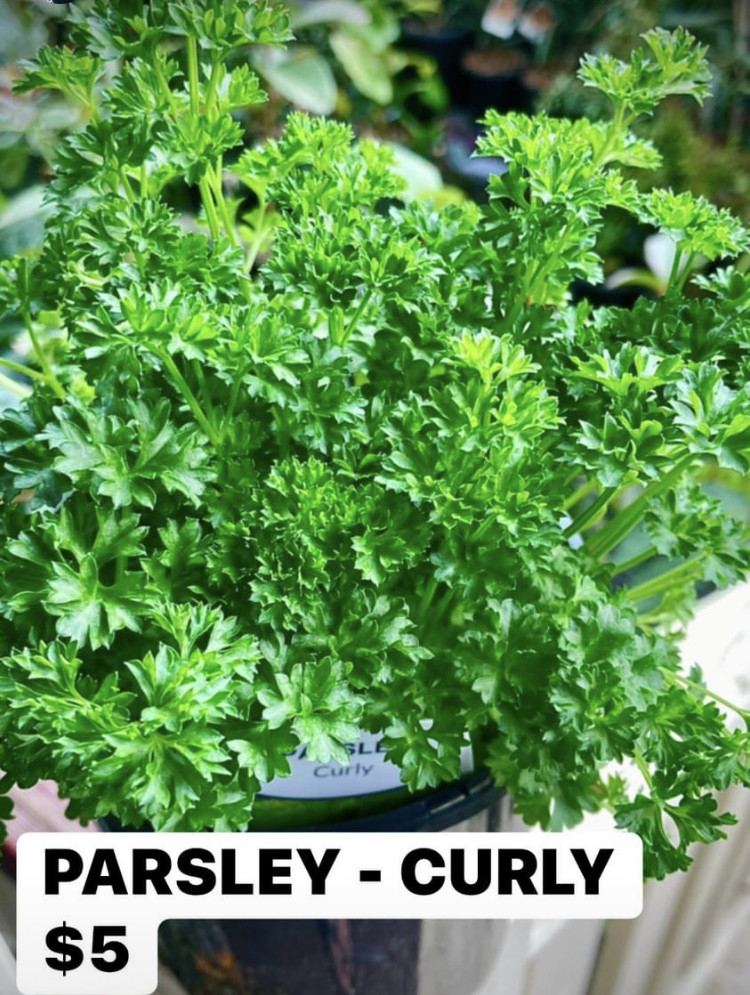
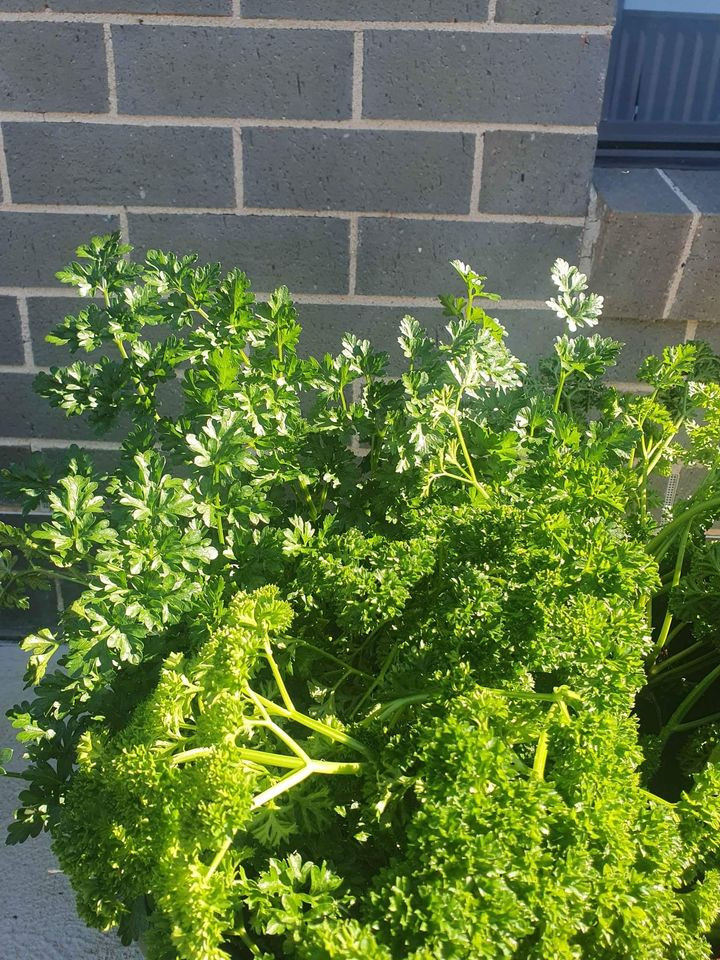
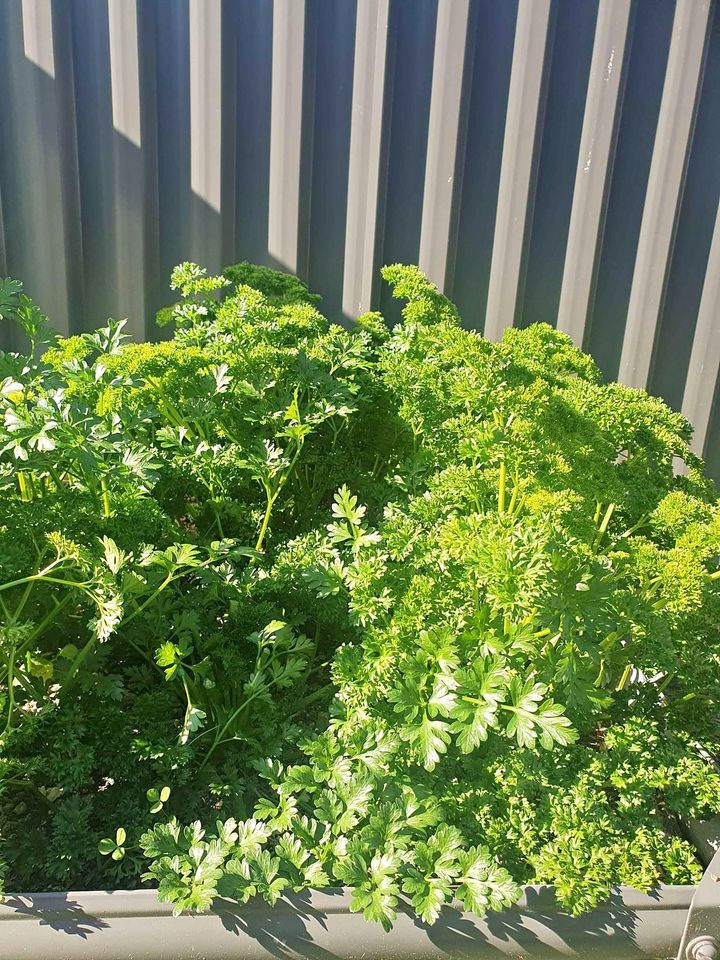
Parsley
Parsley Curly
Category : Herbs
Curly Parsley (Petroselinum crispum) is a versatile and easy-to-grow herb known for its round, curly leaves and robust flavor. Whether you're growing it indoors or in your garden, understanding its specific needs will ensure a bountiful harvest. This guide covers everything from watering and sunlight to soil preferences and pest management.
Watering Curly Parsley has moderate water needs. Keep the soil consistently moist but not waterlogged. Water deeply when the top inch of soil feels dry. In hot weather, more frequent watering may be necessary to maintain adequate moisture levels.
Sunlight Curly Parsley thrives in full sun to partial shade. It generally requires at least 4-6 hours of sunlight daily for optimal growth. In hotter climates, providing some afternoon shade can prevent wilting and stress.
Soil Curly Parsley prefers well-drained, fertile soil with a slightly acidic to neutral pH (around 6.0-7.0). Enrich the soil with organic matter, such as compost, to improve drainage and nutrient content. Container-grown parsley does well in a potting mix formulated for herbs or vegetables.
Fertilizer Use a balanced fertilizer to promote healthy growth. Apply fertilizer when planting and again every 4-6 weeks during the growing season. Organic options like compost tea or fish emulsion work well for parsley.
Pruning Regularly trim the outer leaves of Curly Parsley to encourage new growth and prevent the plant from becoming too leggy. Harvesting the leaves frequently will help keep the plant bushy and productive.
Harvest Harvest Curly Parsley by cutting the outer stems near the base of the plant. This encourages new growth from the center. Fresh parsley leaves can be used immediately or stored in the refrigerator for up to a week.
Propagation Curly Parsley can be propagated from seeds. Sow seeds directly into the soil or start them indoors 6-8 weeks before the last frost date. Keep the soil moist and provide indirect light until seedlings emerge. Thin the seedlings to about 6 inches apart once they are strong enough.
Seasonal Care Curly Parsley is a biennial plant, typically grown as an annual. In colder climates, mulch around the base of the plants to protect them from frost. In milder climates, parsley can survive the winter and regrow in the spring.
Common Problems Curly Parsley may face issues such as aphids, spider mites, and fungal diseases. Control pests with insecticidal soap or neem oil. Prevent fungal diseases by ensuring good air circulation and avoiding overhead watering. Treat early signs of disease with appropriate fungicides.
By following these guidelines for growing and caring for Curly Parsley, you can enjoy a continuous supply of this flavorful herb for garnishing and cooking.
Price : $5
Out of Stock






